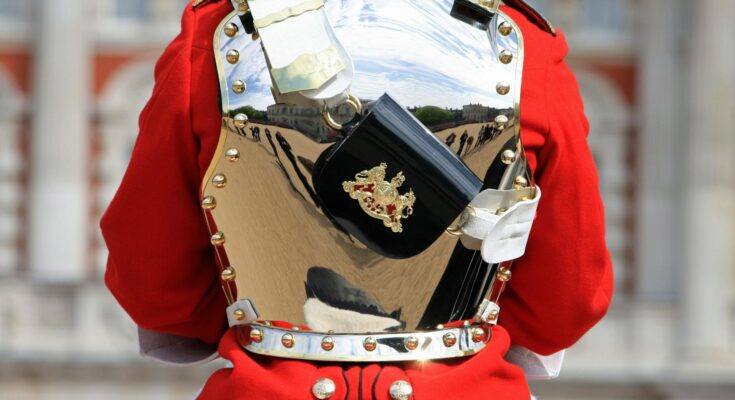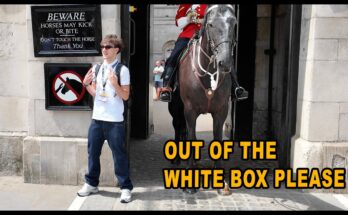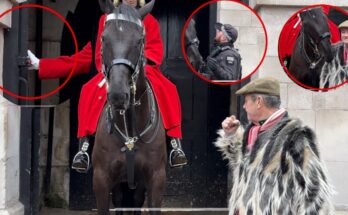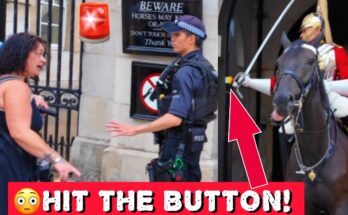The King’s Guard, an image of unwavering loyalty and military precision, has a rich history stretching back centuries. But what exactly comprises this elite force? This blog post delves into the fascinating world of the King’s Guard regiments, exploring their diverse units and the unique roles they play.
A Brief History of the King’s Guard
The origins of the King’s Guard can be traced back to [LINK_TO_HISTORICAL_REFERENCE_HERE], evolving from small, personal retinues to the highly structured regiments we see today. Their history is filled with tales of bravery, duty, and unwavering service to the crown. 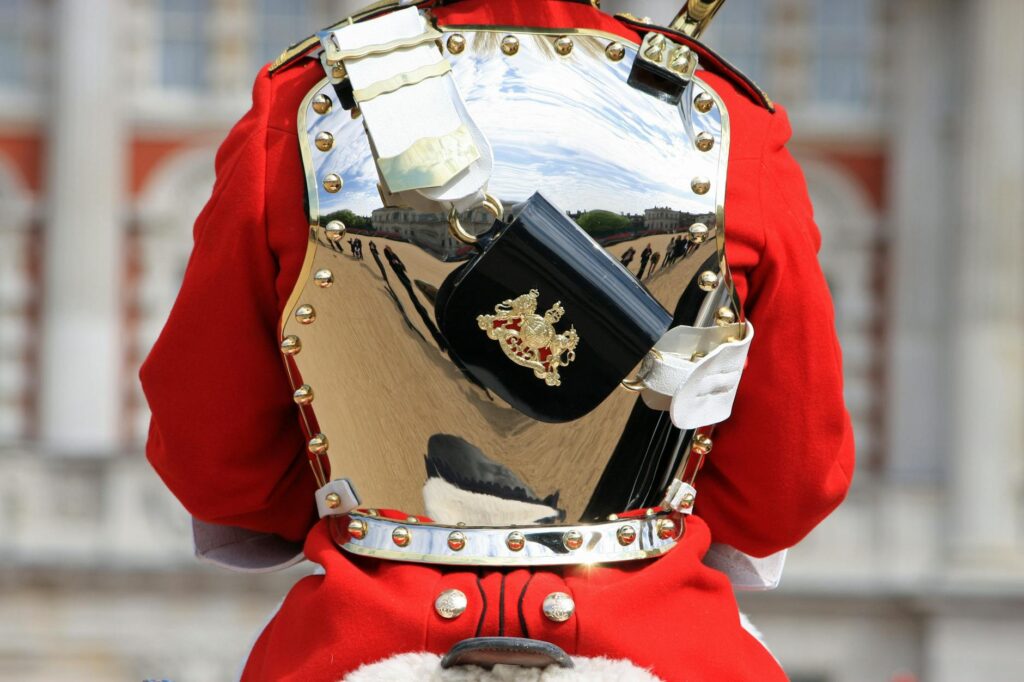 depicts a historical depiction of the early Kingsguard.
depicts a historical depiction of the early Kingsguard.
The Foot Guards: Guardians of Tradition
The Foot Guards, known for their iconic bearskin hats and distinctive uniforms, represent the epitome of regal tradition. Their role is not merely ceremonial; they play an active role in state ceremonies and provide security for significant events. Learn more about their training and customs by visiting the official website. 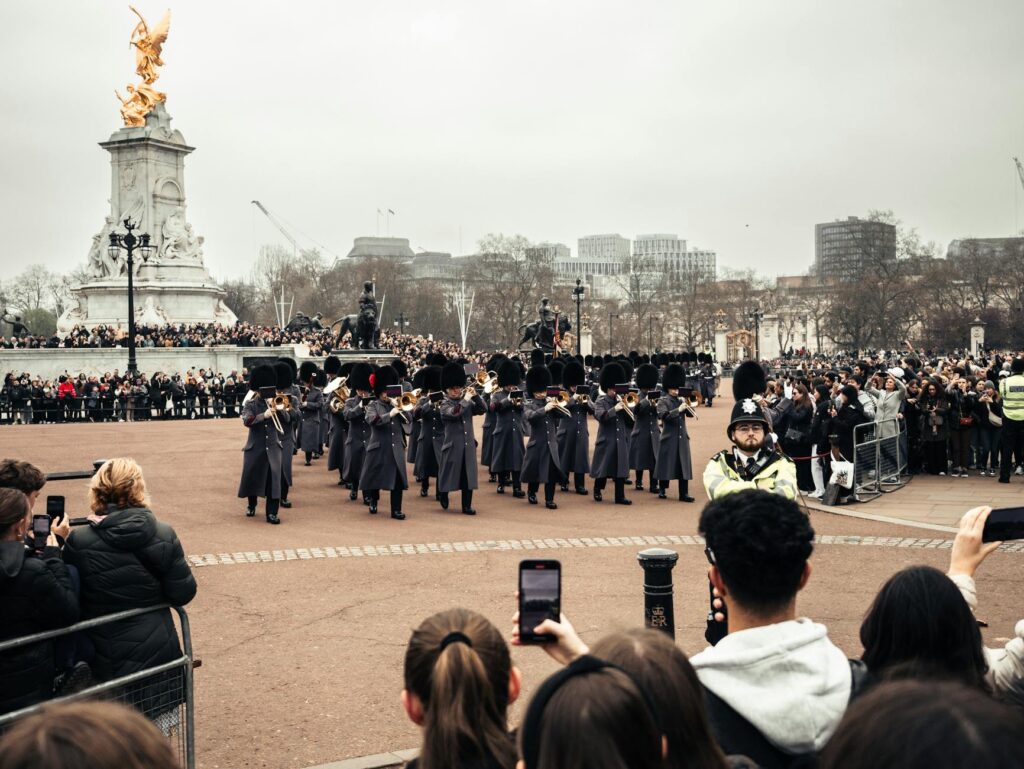 shows a modern image of the Foot Guards on parade.
shows a modern image of the Foot Guards on parade.
The Household Cavalry: Mounted Majesty
In stark contrast to the Foot Guards, the Household Cavalry are mounted units that exude power and grandeur. Their involvement in state processions and ceremonial duties is a sight to behold. The distinctive uniforms and magnificent horses command attention wherever they appear. Their history is long and distinguished, and their training is among the most rigorous. Read more about their history.
The Royal Regiment of Scotland: A Modern Addition
While steeped in tradition, the King’s Guard is not static. The Royal Regiment of Scotland is a more modern addition, demonstrating a commitment to inclusivity and modern military capabilities. [IMAGE_3_HERE] shows the Royal Regiment of Scotland participating in a ceremony. They play a critical role in protecting the royal family and significant events, and their involvement is vital to the overall security structure. Learn more about the various regiments.
Specialized Units: Behind-the-Scenes Security
Beyond the highly visible regiments, there are numerous specialized units that work tirelessly behind the scenes to ensure the safety of the royal family and critical locations. These units are highly trained and equipped to deal with a range of threats. To understand their role fully, you should view this documentary.
The King’s Guard Today: A Modern Role
Today, the King’s Guard continues to evolve, adapting to modern challenges while maintaining the traditions and values that have defined them for centuries. Their role extends far beyond ceremonial duties; they are highly trained professionals who remain vigilant in protecting the monarchy and the nation.
offers a glimpse into their daily life and training. Read more on the modern King’s Guard.
The King’s Guard represents not only a rich military heritage but also a commitment to safeguarding the nation and its monarchy. Their dedication and professionalism are a testament to their enduring legacy.
Frequently Asked Questions
What is the selection process for joining the King’s Guard? The selection process is incredibly rigorous, involving demanding physical and mental tests, and only the most highly qualified candidates are accepted.
What are the primary responsibilities of the King’s Guard? Their primary responsibilities include protecting the royal family, securing royal residences, and participating in state ceremonies and events.
How long is the training period for the King’s Guard? The training period varies depending on the specific regiment, but it is generally extensive and exceptionally demanding.
Are all units of the King’s Guard based in London? No, while many units are based in London, various regiments are stationed throughout the United Kingdom.
What types of weapons do the King’s Guard use? The weaponry used varies between units and situations, reflecting their varied roles and responsibilities. You can find more information here.
